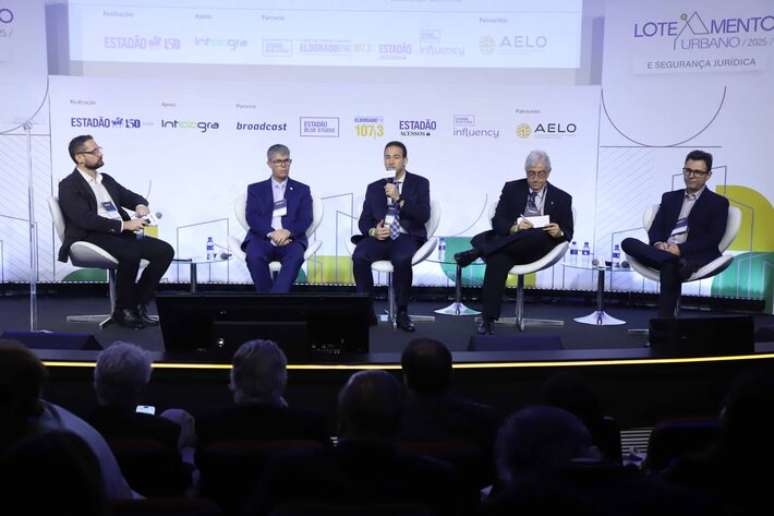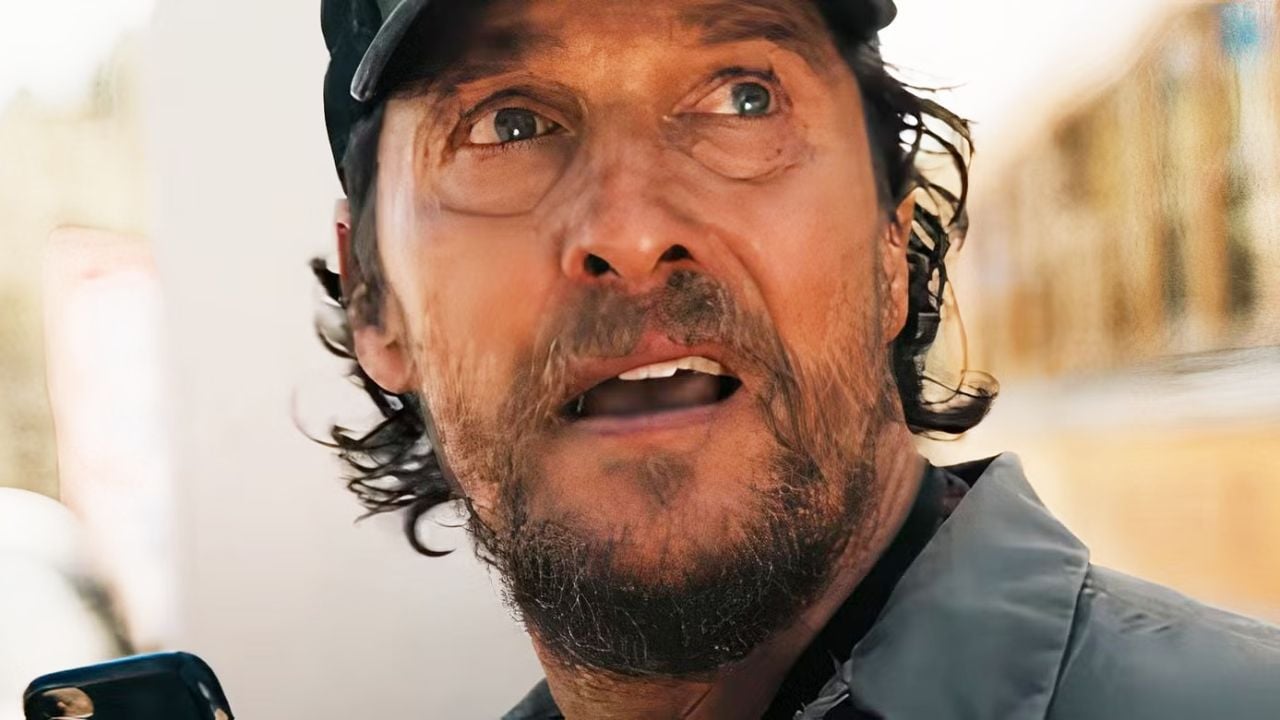The aim is to accelerate the installation of infrastructure, which includes energy supply and also the sewerage network
A subdivision takes years to get ready, no matter how quickly the lots are sold. And the most complicated part of this process is installing the utility infrastructure. “We usually say that from approval to payment of the last installment it takes at least two decades,” says Elias Resnichenco Zitune, director of Regional Affairs of the Association of Urban Development Companies, Aelo, and partner of ZS Urbanismo.
In general, it takes three to eight years to resolve problems relating to sewerage, energy connections and water supply, says the entrepreneur. How to universalize and accelerate the provision of these essential services in private subdivisions was the main topic of the panel Cities, basic sanitation and electricity distributionIn Estadão Urban Assignment Forum and Legal Securityheld on Monday 6th in Sao Paulo.
The delay for these installations, however, could soon be reduced, depending on two public consultations by two regulatory agencies, the Public Services Regulatory Agency of the State of São Paulo (Arsesp) and the National Electricity Agency (Aneel).
“In Aneel we have a resolution, a bible that regulates this matter of projects, batch developments and has around 4 thousand devices, there are almost 700 articles”, explained André Ruelli, superintendent of Administrative Mediation and Consumer Relations at Aneel.
To try to simplify this process, the agency should, he says, open a public consultation on the topic later this year. Public consultations are generally open on the agencies’ website and allow any person or entity to submit opinions, suggestions or criticisms of a bill, proposed rule or public policy during a defined period of time.
“We will analyze all the proposals that will be sent to make the process of installing electricity in private subdivisions less time-consuming, more agile and with greater legal certainty,” the superintendent said.
Arsesp’s public consultation is already underway and has so far received around 400 contributions. With issue 07/2025 it will end in a few days, on October 19th. Proposals are accepted that help establish criteria and procedures for the reimbursement of investments made by real estate developers which characterize the anticipation of the obligations of the provider of public water supply and sewerage services.
What are the rules
Since the 1970s, lots can no longer be sold without minimum infrastructure, which involves, in most cases, the connection of water, sewer, energy, paving, among others. All costs of this investment are borne by developers, i.e. money from the private sector.
The Lotto companies pay the companies in the sector, even if they are public bodies, to build the systems. However, since this type of intervention represents a legacy that remains for an entire region, for a city as a whole, the vegetable garden sector has tried with public authorities to ensure that this investment has some compensation, since out of ten Brazilian neighborhoods, eight were formed and are still being formed through private gardens.
Only 20% are neighborhoods planned by public authorities, according to Aelo data. “If the entrepreneur has to carry out work, it is important that this investment is reimbursed. For this reason it is essential that in the resolution it is possible to clearly distinguish what is a structuring work, which remains a legacy for that municipality. An oil pipeline, for example, will never or rarely serve a single company. It serves a locality as a whole. Therefore this investment must be reimbursed”, said Zitune, of Aelo. “When this reimbursement provision is included in the investment plan, this cost can also be included in the public service tariff, so as not to damage the supplier,” said Gustavo Zarif Frayha, director of basic sanitation services at Arsesp.
What are the risks
Is there a risk that the public consultation will lead to nothing? According to Frayha, this is very unusual. “This public consultation, for example, had almost 400 contributions. So it is a commitment on the part of the Arsesp technical team to analyze them one by one. Because, sometimes, hidden among so many contributions, there is a suggestion that could be very important, which does not cross anyone’s mind. This is why it is a very rich process. What we have tried to do within the agency is this, always keep the door open with society, with institutions, with service providers, with users, with the control bodies, with the Public Prosecutor”, he declared.
In relation to the water and sewerage network, Sabesp also plans a standard to reimburse the private sector when the investment is considered structuring. “Sabesp also made a change to its manual for entrepreneurs in July, providing more legal certainty to entrepreneurs,” explained Marcelo Fornaziero Medeiros, director of contract management and compliance at Sabesp.
What is the opportunity
Regulatory agencies normally open public consultations on their website. Typically, the topic open for discussion is explained in the title of the consultation. A period then opens to pay contributions. Interested parties register and send their comments. “Everyone, one by one, is evaluated,” Frayha explained. “Then there is the contribution analysis period,” he says. This period may vary depending on the theme and the total number of contributions received.
In the next phase, the new technical standard – or new regulation – is drawn up which must then be voted on by a jury of experts from the agency itself. Once approved, the new regulation will come into force.
An example of recent public consultation was the privatization process of Companhia de Saneamento Básico do Estado de São Paulo S/A, Sabesp. Public consultations were opened in 2023, gathering suggestions for the concession contract, investments and emergency plans. The privatization of Sabesp was completed on July 23, 2024.
Source: Terra
Rose James is a Gossipify movie and series reviewer known for her in-depth analysis and unique perspective on the latest releases. With a background in film studies, she provides engaging and informative reviews, and keeps readers up to date with industry trends and emerging talents.







